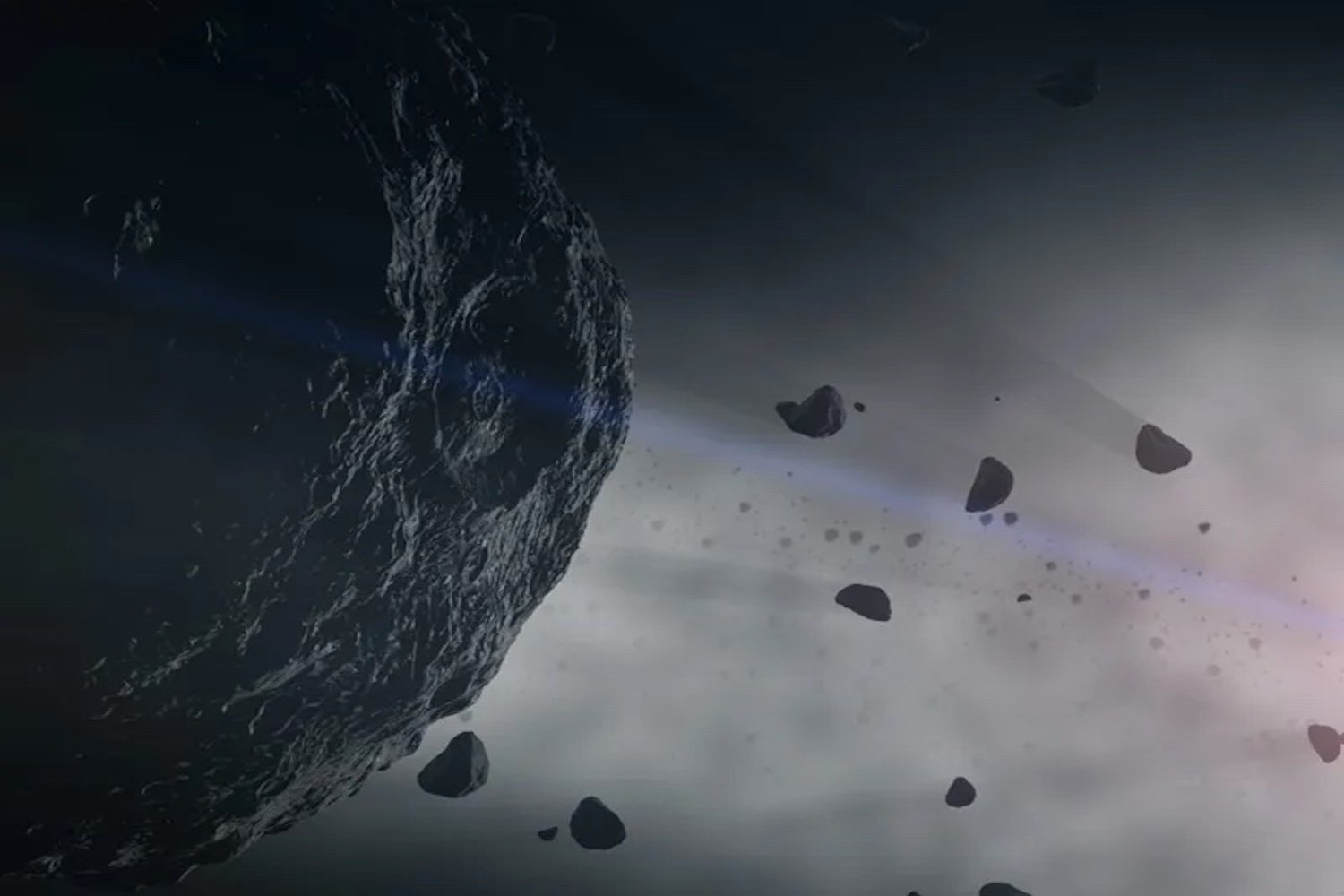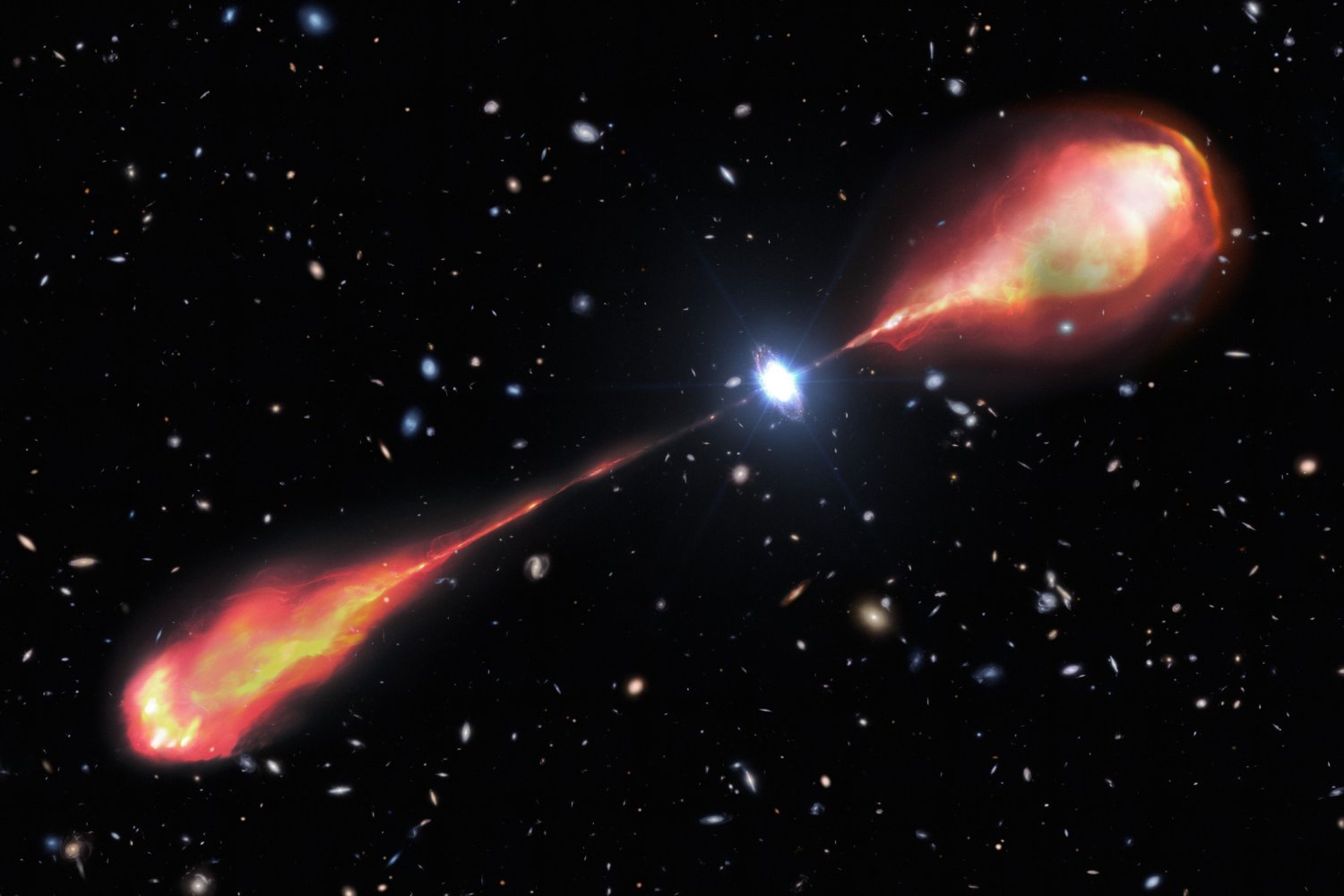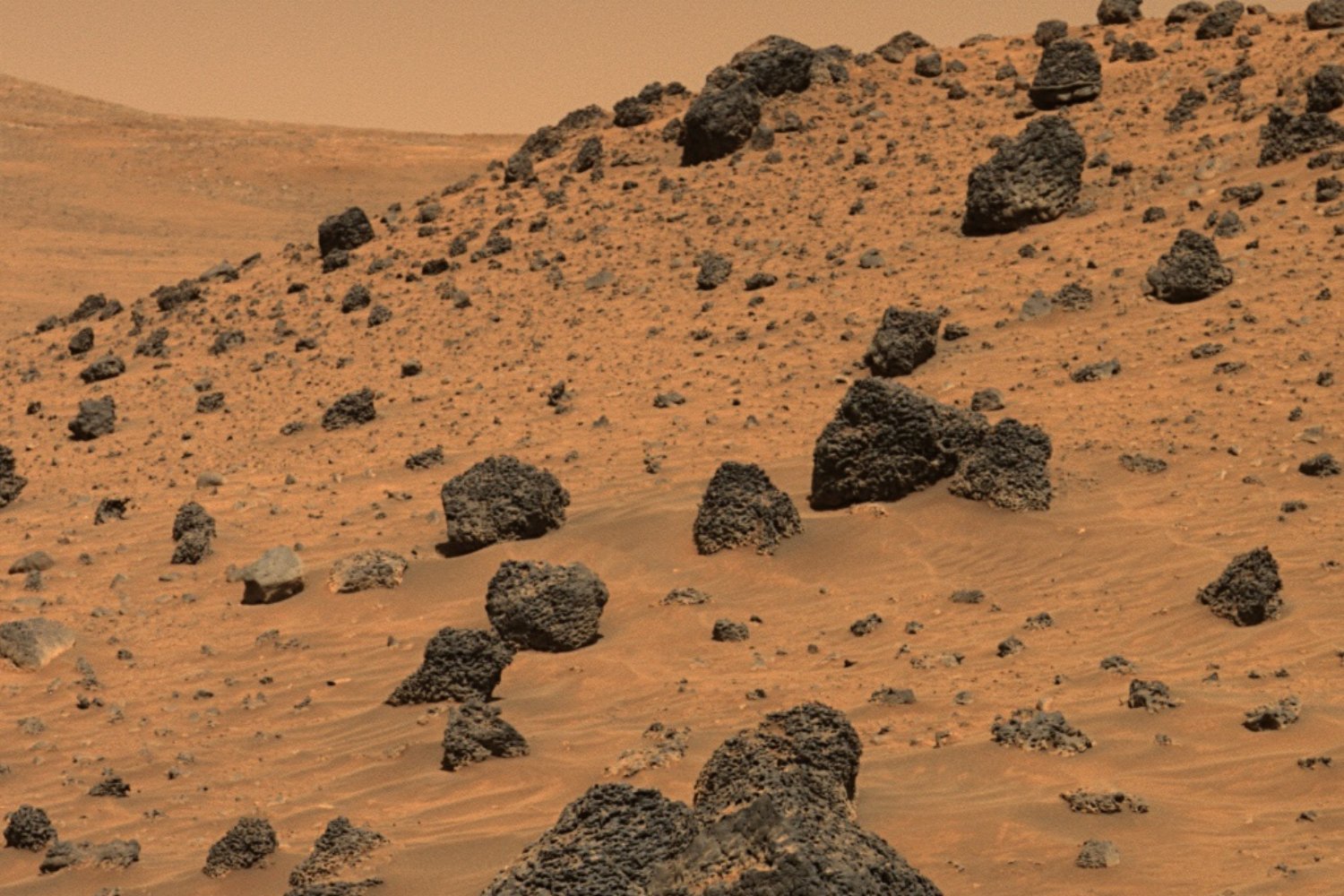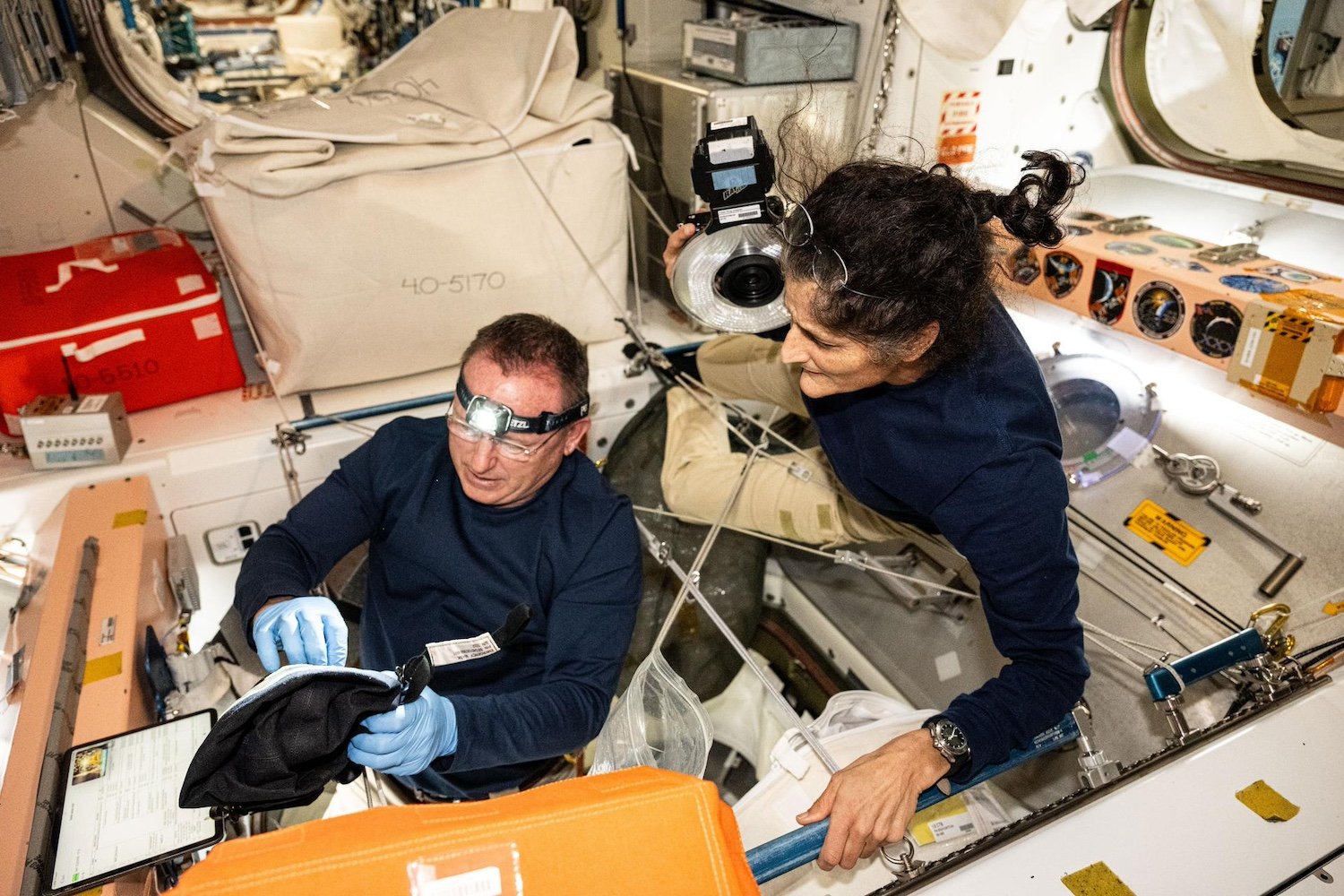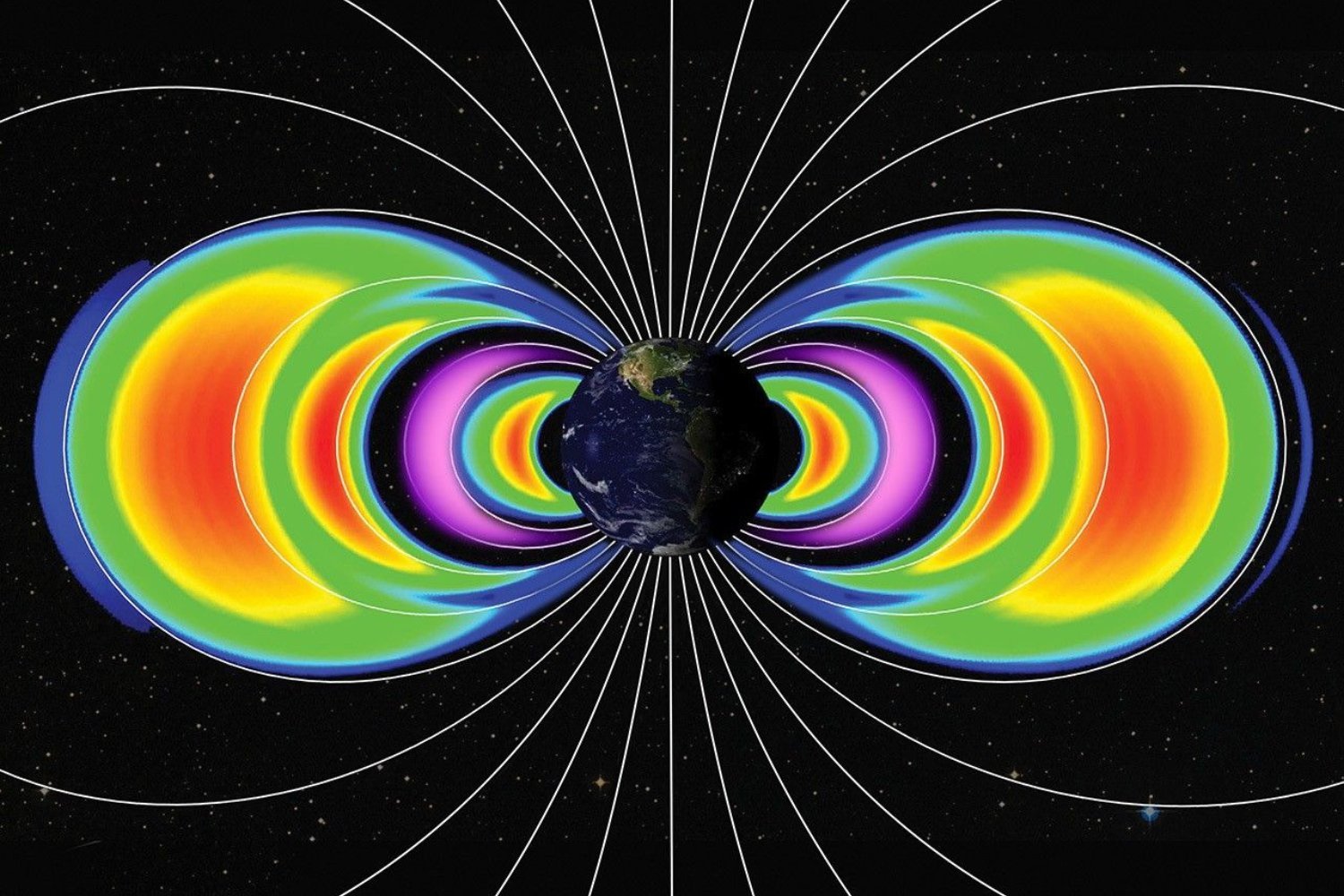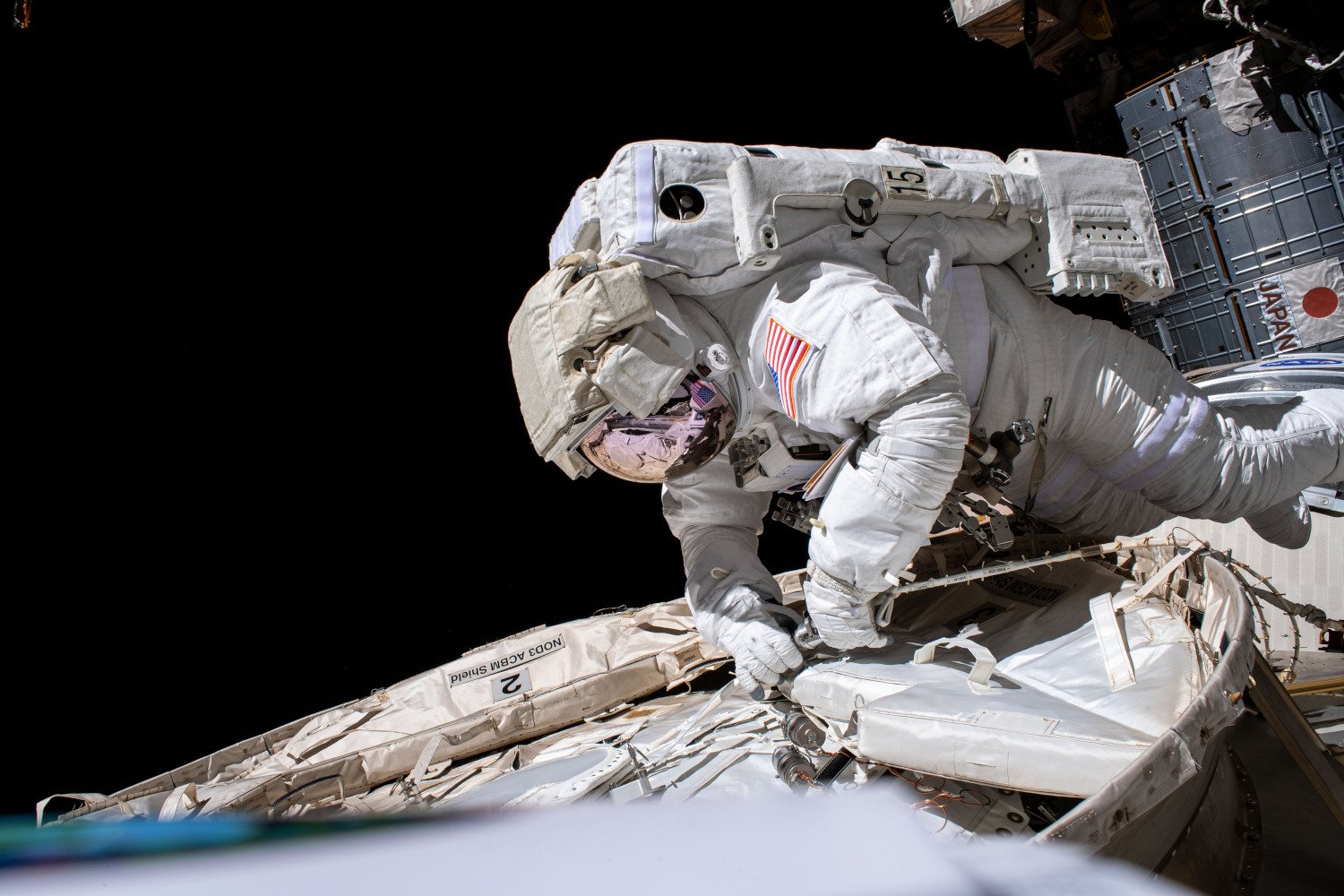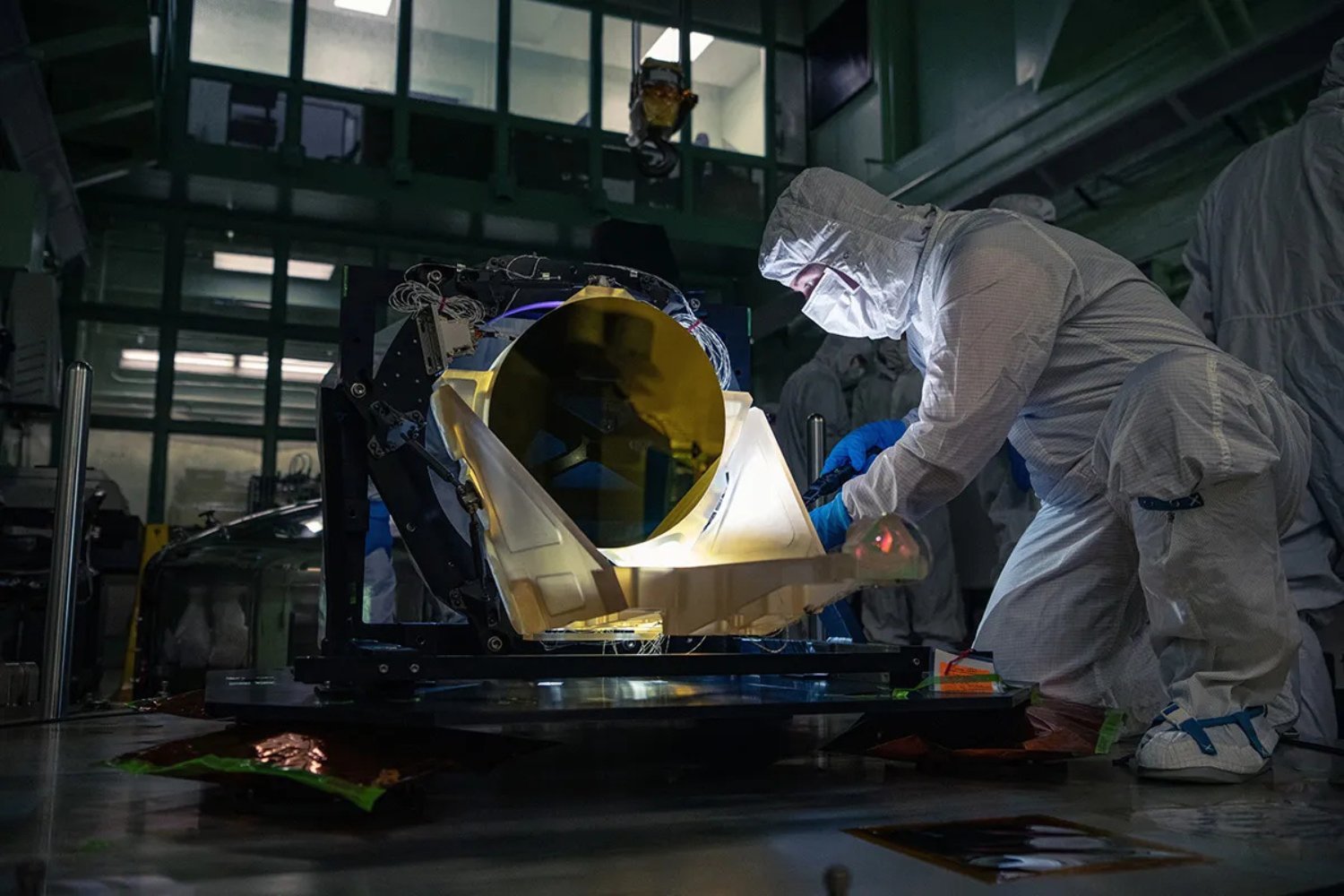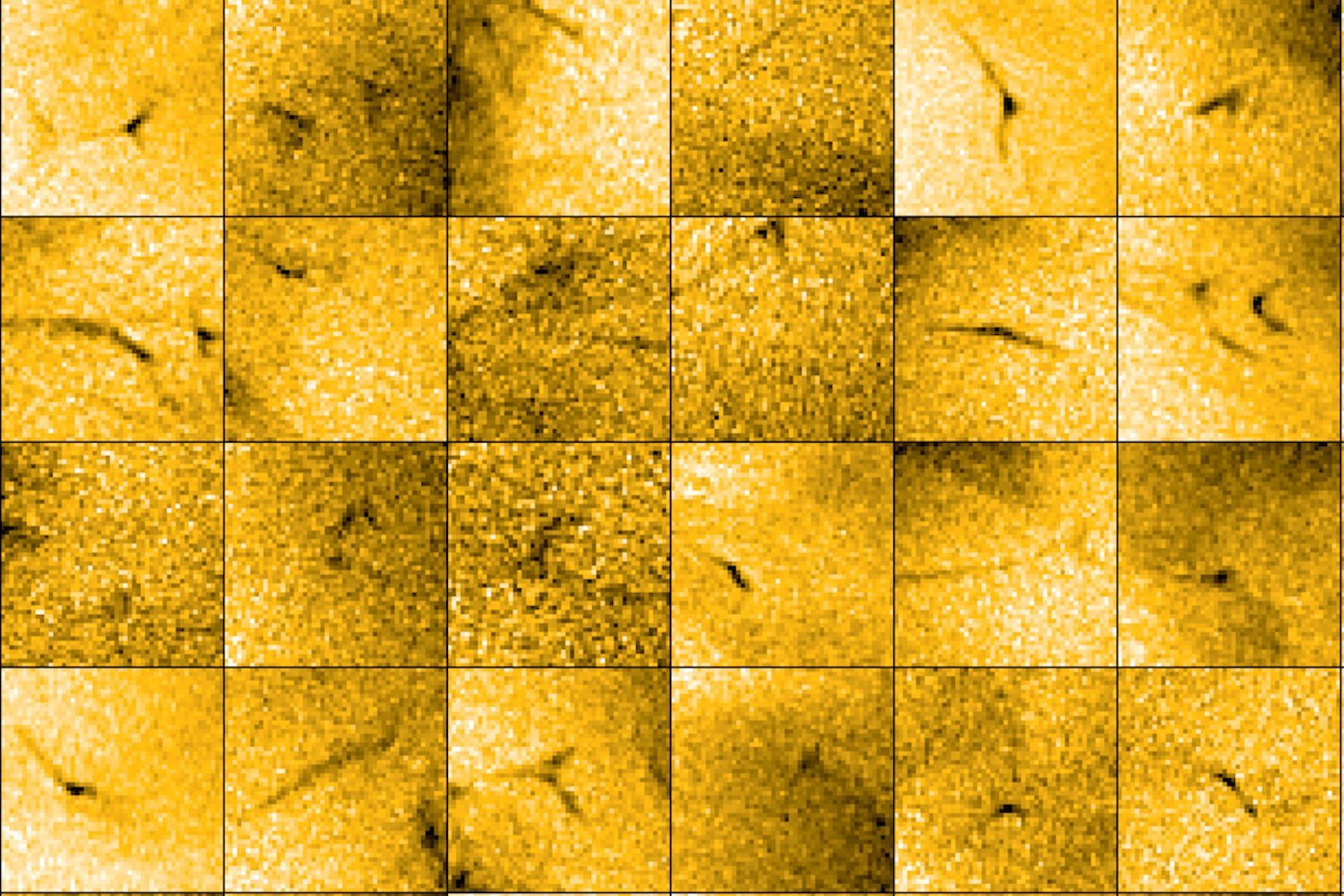The asteroid Bennu carries a small, but real, 0.037% chance of impacting Earth on September 24, 2182. While the likelihood is low, Bennu remains classified as a potentially hazardous asteroid, demanding serious consideration of the potential consequences. A pioneering study has simulated the global devastation that a Bennu impact could unleash, predicting a sudden onset of winter and widespread food shortages.
Researchers in South Korea developed scenarios exploring the impact of a medium-sized asteroid like Bennu on Earth’s climate and life. Their findings, published in Science Advances, reveal potential disruptions lasting three to four years. The most severe scenario projects hundreds of millions of tons of dust blocking sunlight, leading to global temperature drops and significantly impacting plant growth. This study represents the first attempt to model Earth’s climate following an asteroid impact.
Bennu is a relatively small near-Earth asteroid that approaches Earth approximately every six years. Scientists believe it originated from a larger carbon-rich asteroid 700 million to 2 billion years ago, gradually drifting closer to Earth. NASA’s OSIRIS-REx mission collected a sample from Bennu in 2020, returning it to Earth in 2023. Analysis of this sample revealed that Bennu contains some of the fundamental building blocks of life.
While a Bennu impact would be devastating, Earth has endured larger impacts in the past. The Chicxulub impactor, approximately 6 miles wide, struck Earth 66 million years ago, causing the extinction of the dinosaurs. Bennu, at roughly 0.3 miles wide, is considerably smaller. However, medium-sized asteroids like Bennu are more prevalent in our solar system.
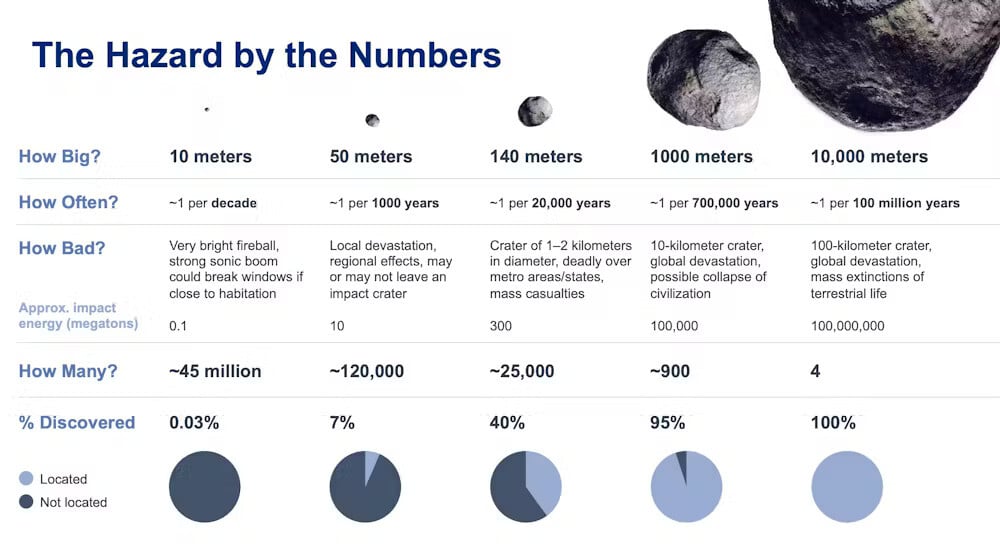 A graphic showing the damage caused by asteroids of different sizes.
A graphic showing the damage caused by asteroids of different sizes.
“Medium-sized asteroids collide with Earth approximately every 100,000 to 200,000 years,” explains Axel Timmermann, director of the IBS Center for Climate Physics (ICCP) and study co-author. “This suggests our early human ancestors may have witnessed such planet-altering events, potentially influencing human evolution and even our genetic makeup.”
To assess the impact of a potential Bennu collision in 2182, the researchers modeled an idealized impact scenario of a medium-sized asteroid. This “idealized” scenario serves as a statistical framework, acknowledging the catastrophic nature of the actual event.
The model predicts the ejection of 100 million to 400 million tons of dust into the upper atmosphere, affecting global climate, atmospheric chemistry, and photosynthesis in both terrestrial plants and ocean plankton.
The most significant consequence would be the atmospheric dust cloud, dimming sunlight and potentially causing global surface cooling of up to 7 degrees Fahrenheit (4 degrees Celsius). The study also projects a 15% decrease in rainfall and a significant 32% depletion of the ozone layer.
“The sudden impact winter would create unfavorable conditions for plant growth, leading to an initial 20-30% reduction in photosynthesis across terrestrial and marine ecosystems,” states Lan Dai, ICCP researcher and lead author. “This could trigger widespread global food security disruptions.”
However, there may be a silver lining. Asteroid-derived iron ejected into the stratosphere could settle in oceans, stimulating unprecedented blooms of silicate-rich algae. Ocean plankton might recover within six months, compared to two to three years for land plants, potentially experiencing increased growth rates.
“We observed this unexpected response to the iron concentration in the dust,” notes Timmermann. “The simulated phytoplankton and zooplankton blooms could benefit the biosphere and mitigate food insecurity resulting from reduced terrestrial productivity.”
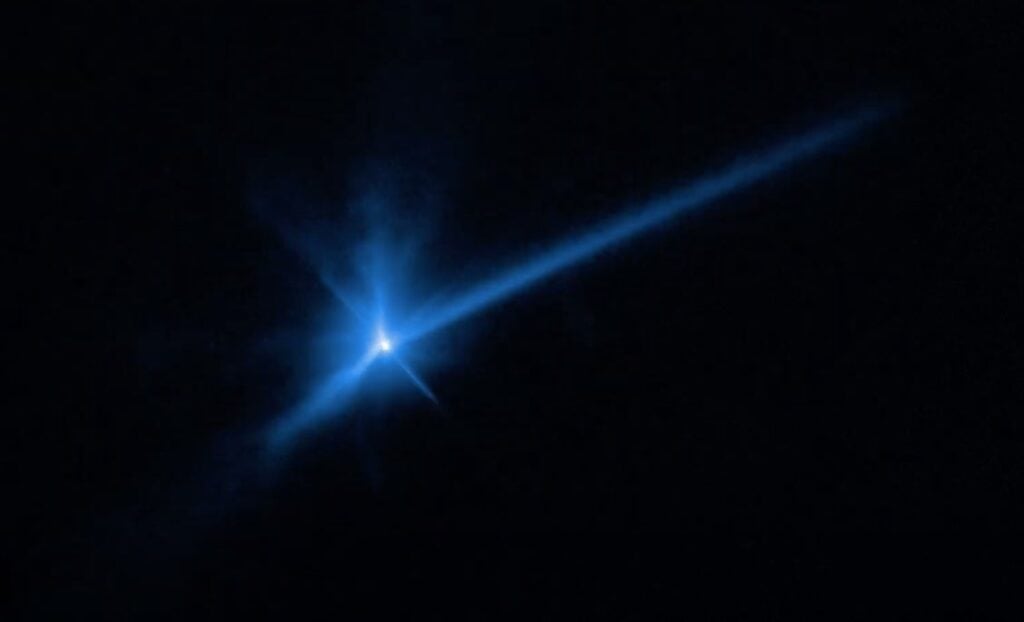 Ejecta streaming from Dimorphos about a day after the DART impact.
Ejecta streaming from Dimorphos about a day after the DART impact.
Despite the low probability of a Bennu impact, researchers are committed to planetary defense. NASA’s DART mission demonstrated humanity’s capacity to alter an asteroid’s trajectory, a crucial step in protecting Earth. Furthermore, newly discovered asteroids like 2024 YR4, with a higher probability of impact in 2032, warrant attention. Hopefully, these simulations will remain theoretical exercises, thanks to a combination of good fortune and human ingenuity in addressing this existential threat.



